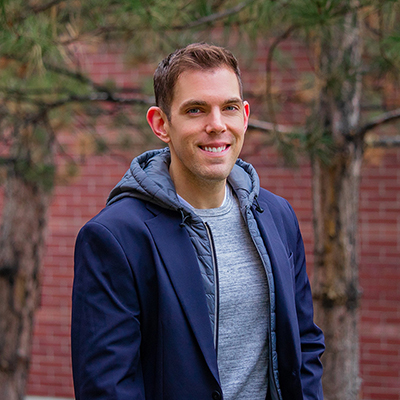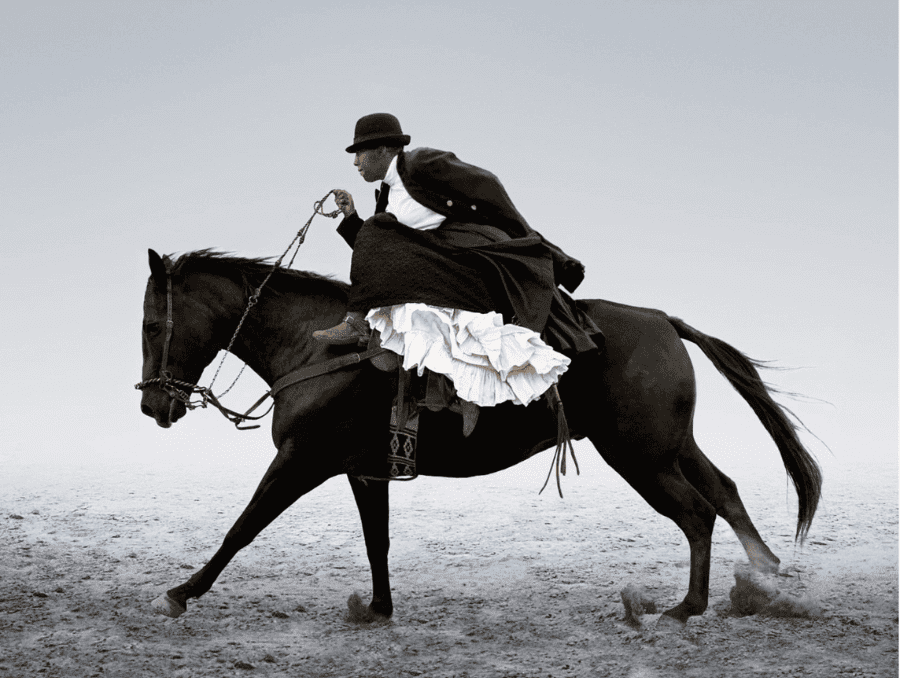The first day of school: how COVID-19 has changed our schools and how we can be public supporters of public education
Assistant Professor of Social Studies Education William Toledo looks at the changes coming this back-to-school season
In just a few days, public schools in Reno and across Northern Nevada will reopen their doors to K-12 students. The first day of school is often met with some anxiousness and excitement from teachers, parents, and students, as they consider the challenges and successes they will encounter over the course of the school year.
However, this year brings with it a whole new set of challenges. Since March 2020, the world has struggled to adapt to and deal with COVID-19, a dangerous novel virus still with many unknowns [1]. As researchers continue to study COVID-19, we are finding answers to some of our questions, including an important one as schools open: yes, young people can carry, transmit, and catch COVID-19 [2]. Which leads to an important new question: how does COVID-19 change the profession of teaching?
The first change is the most important one: schools must be physically safe for students’ and educators’return. Safety in the era of COVID-19 encompasses many factors, an important one being the percentage of positive COVID-19 tests within a county or city. The American Federation of Teachers states that in-person school is safe only when fewer than 5% of coronavirus tests in an area are positive [3]. Beyond this important statistic, NPR reports that there are a variety of factors that should be in place as public schools open: 6-feet of physical distance between desks, small class sizes, consistent, mandatory mask policies for adults and children, frequent replacement of HEPA filters in air ventilation systems, and more. It is key that teachers, parents, and community members examine their district’s reopening plan to determine if a district is ready to open safely. If not, encourage the district to implement strict safety protocols and to only open when COVID-19 numbers are sufficiently low in a community.
Second, teachers face an enormous pedagogical change: educators must meet the needs of in-person and remote (online) learners, sometimes simultaneously. This is a big undertaking for our teachers and educational support staff as districts try to iron out specific plans for what the physical structure of schools will look like. For teachers, there are different steps to take to help with a smooth transition to new blended class formats: using similar or the same curricular materials and sequencing for in-person and remote learners [4], facilitating student engagement with one another from safe social distances and online [5], and relying on one another for support and guidance. In a world of “physical distancing,” it is important for teachers to not “socially distance” from one another. Educators should stay connected, and rely on one another for support and collaboration as they adapt to new modes of instruction.
Third, and closely related to each of the first two points: we must allbe generous with ourselves and one another as we enter uncharted waters. The fall 2020 return back to school is not going to be “business as usual,” and we must all be flexible. It is quite likely that some schools will open, and close, possibly even more than once. It is also quite likely that mistakes will be made, and that safety protocols need to be amended or adjusted. A key to the success of our public schools during COVID-19 is public support. It is important that parents and community members be flexible and understanding of this shift as educators begin teaching in the midst of what is currently uncharted territory. Additionally, it is key for teachers to be generous with themselves; we are currently asking a great deal of our educators, working in already underfunded public schools. They are now being asked to return to the classroom as frontline workers, and they deserve and have earned public support. We must listen to teachers, and what they tell us about what is or isn’t working as schools reopen, and adjust accordingly.
There is no doubt about it: COVID-19 presents a significant challenge for public education. However, as we have seen time and time again throughout history, our teachers are resilient; they are qualified; and they are doing one of the most crucial jobs in the world: preparing future generations of citizens to engage in an everchanging and evolving society. If you are a teacher, please know this: your community supports you. If you aren’t a teacher yourself, make sure a teacher gets the message: we have your backs, and we are in this together.
- What We Know and Still Don’t Know About COVID-19 by Carla Cantor and Caroline Harting (July 22, 2020).
- Nearly 100k children tested positive for COVID-19 in last two weeks of July by Ben Kesslen (August 10, 2020)
- How Safe Is Your School's Reopening Plan? Here's What To Look For by Anya Kamenetz, Patti Neighmond, Jane Greenhalgh, Allison Aubrey, & Carmel Wroth. (August 6, 2020)
- How to Make Lessons Cohesive When Teaching Both Remote and In-Person Classes by Sarah Schwart (August 5, 2020)
- How to Make Lessons Cohesive When Teaching Both Remote and In-Person Classes by Sarah Schwartz (August 5, 2020)
William Toledo is an Assistant Professor of Social Studies Education in the College of Education at the University of Nevada, Reno. Dr. Toledo's research focuses on (a) social studies education in pre-K-12 classrooms and (b) the experiences of LGBTQ+-identifying teachers in public schools.














